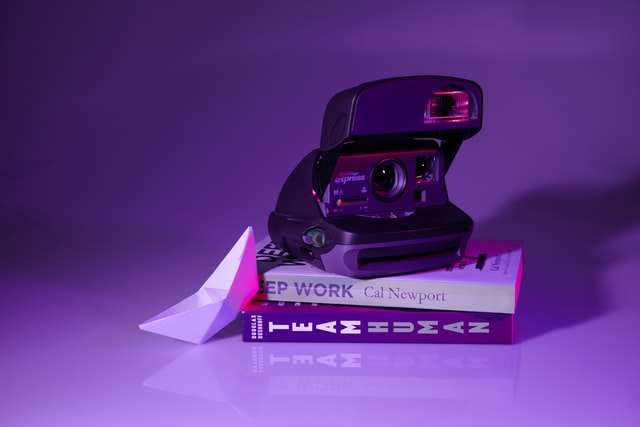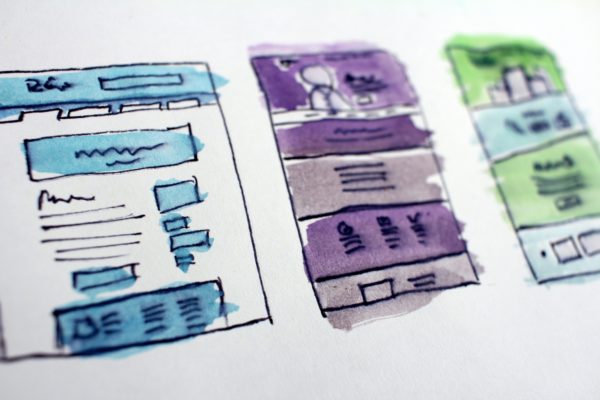
WORK IN A TEAM OR YOURSELF
Switch between the local and shared data in just a click
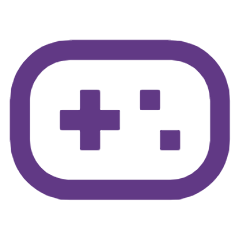
No limits
You do not have to pay for each license. All your colleagues can get the CRM and start working at no cost.
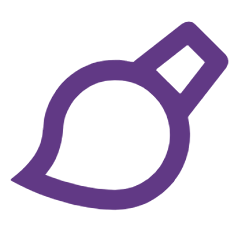
You own the data
All the group work data stays in your hands, you own it.

Free
Using your own database server will grant you collaboration mode at no expense, regardless of the number of employees.
External SQL database
Hook up an external SQL database to work in a team!
There are a few great CRM options out there. What makes us different? We grant you the ultimate experience unencumbered by licensing.
SAFETY OF YOUR DATAUP TO YOUR PREFERENCE
You can switch between local and collaboration modes in a matter of seconds!
The collaborative mode does not interfere with local data stored on your system. You just have to initially set up an external (SQL) database server (MS SQL, PostgreSQL, etc.) and then switch between databases.
CRM USER'S GUIDEHave unlimited databases — local and external…
Do you work on your own and with several teams? No problem! Have as many databases as you need, both local and external.

A Server anywhere
A data server can be set up anywhere, and only you would have access to it.
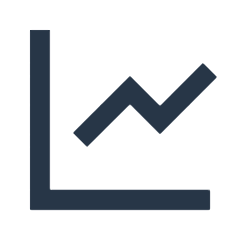
Graphs?
We do not limit functionality regardless of how you use the CRM.

Got a large team?
Over 500 people on your team? That’s fine, each member just downloads the CRM and works with the shared data.
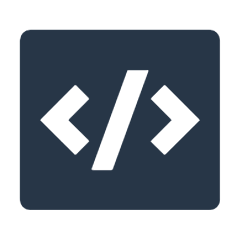
No data limits
Thousands of contacts and affairs? Loads of documents? We’ve got you! It’s only up to your database server’s technical capabilities.

We won’t have access
You keep all the information. You own the data. We do not have access to it nor will ever ask for it.

Free
Over 500 employees? You’ll pay exactly 0 dollars. No strings attached, now and forever.

FAQ
How to work in a team?
Ask your sysadmin to set up an SQL server (database server). It could be either a physical or Cloud database. We, for instance, are using Microsoft SQL in our company. You could look into PostgreSQL or MySQL as free alternatives. We recommend using PostgreSQL or Microsoft SQL.
Each member of your team needs to install our free CRM on their system (Microsoft Windows (64bits, version 10 recommended and tested) / Apple macOS 10.10 and above, 10.13 High Sierra is recommended).
downloadAfter installing the CRM, anyone you need can access your SQL database server. The first connection will trigger the CRM to generate tables and resources for comfortable collaborative work. Still, each user would also be able to work locally.
To connect to any external SQL server, you need a so-called connection string. A connection string contains the Server name, Database name, login user of the database, and password. The connection string must be specified in the offlineCRM.
There is no limit for databases on your SQL server, so multiple teams can have their own. Having access to a few of them, it takes a second to switch between.
You can flexibly control access levels to the shared data using an SQL Server Management Console. You may need the help of a database administrator to configure access rights.
Despite MySQL’s overwhelming popularity, PostgreSQL may be a better choice because its syntax is the most closely aligned with the Standard SQL syntax. The benefit of this is that you can easily transfer your knowledge to other database management systems, such as MySQL or SQLite.
In the case of a database that is simple, fast, and well-known, as well as reliable and easy to understand, MySQL may be a better choice than other options. However, if you require a much larger database, as well as additional features and complexity, PostgreSQL may be a better option for you.
The PostgreSQL database supports a greater number of data types than the MySQL database. PostgreSQL may be a better choice if your application deals with any of the unique data types that it has available, or if your application deals with unstructured data. If you only need to store basic character and numeric data, either database will suffice.
In any case, our free CRM will work with any SQL database (PostgreSQL, MySQL or MS SQL).
Despite SQL Server (also known as MSSQL) are two relational databases are widely used. Even though they share several fundamental characteristics, there are significant differences between them. One of the most significant distinctions between the two databases is that PostgreSQL is free and open-source, whereas SQL Server is owned and licensed exclusively by Microsoft.
To work with large data repositories, relational databases must provide the necessary support and agility. PostgreSQL is a relational database management system that is among the most widely used. PostgreSQL is a database system that was created specifically for working with large datasets. We have tested PostgreSQL with our free CRM.
What is the difficulty level of learning PostgreSQL? PostgreSQL is a database management system that is simple to learn and use. Within the first or second week of learning PostgreSQL, you will be able to put together a simple application with a powerful data store that is easy to maintain.
It’s favorite because it is open-source, free to use, community-driven, and not owned by a single company. It is also standards-compliant, packed with useful features, and extremely extensible. Learning PostgreSQL is one of the best decisions you can make for your professional and personal development.
BLOG
Our latest CRM-related posts
17 CRM Statistics: Growth, Revenue, Adoption Rates, and Other Facts to Consider
The surface of our world is filled with human connections: handshakes and small talk, networking, [...]
Customer relationship management (CRM) for beginners: a step-by-step guide
It’s difficult to envision a time when you didn’t have the contacts app on your [...]
Everything You Need to Know About CRM
In order to manage the interaction with clients, customer relationship management (CRM) is utilized. In [...]
The Ultimate Guide to CRM Software
The Definitive Guide to Customer Relationship Management Software Contents Introduction Given that we live in [...]






